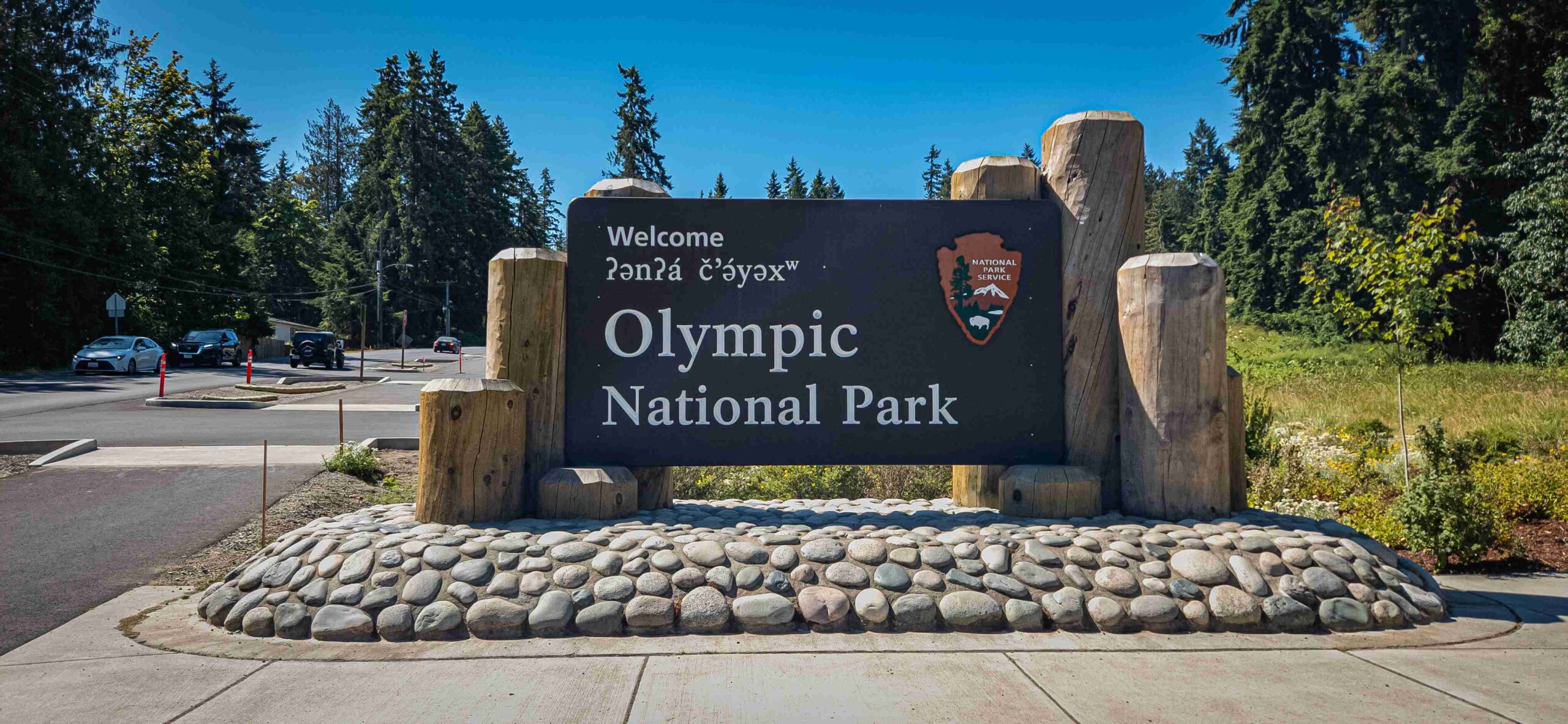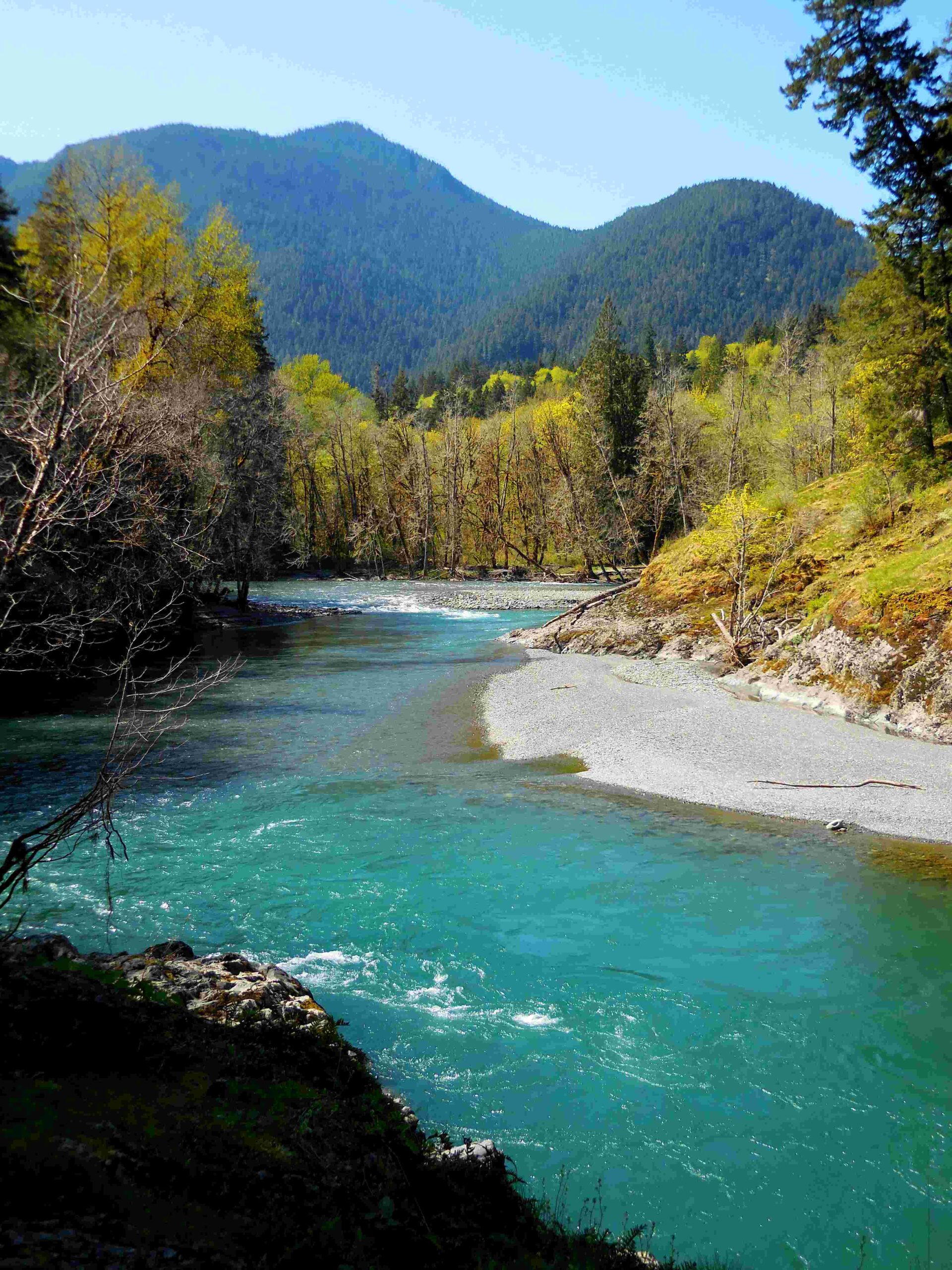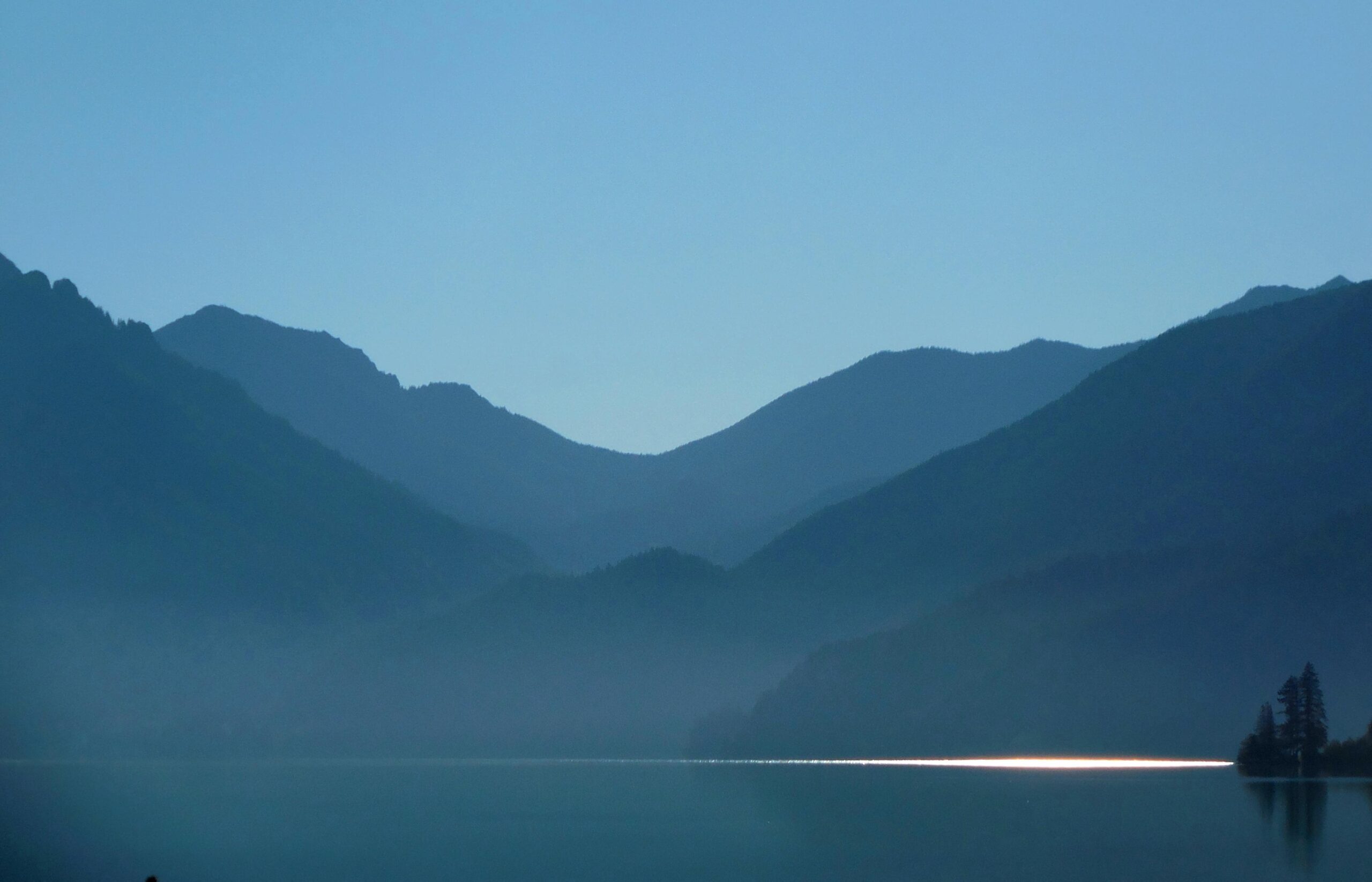Olympic National Park is not located within the Puget Sound Lowlands. The park is situated on the Olympic Peninsula, west of the Puget Sound region. While both areas are part of Washington State, they are distinct geographical regions with different ecosystems and landscapes. The Olympic National Park encompasses diverse terrains including rugged coastlines, temperate rainforests, and alpine peaks, offering unique experiences for visitors.
Where is Olympic National Park Located?

Olympic National Park is located on the Olympic Peninsula in Washington State. It is bounded by:
- Pacific Ocean to the west
- Strait of Juan de Fuca to the north
- Hood Canal to the east
The park covers an area of 922,650 acres, making it one of the largest national parks in the contiguous United States. Its diverse landscape includes:
- Rugged Pacific coastline
- Temperate rainforests
- Alpine meadows
- Glaciated peaks of the Olympic Mountains
What Defines the Puget Sound Lowlands?

The Puget Sound Lowlands are a distinct geographical region separate from Olympic National Park. This area is characterized by:
- Low-lying terrain between the Cascade Range and Olympic Mountains
- Extends from the San Juan Islands in the north to south of Puget Sound
- Includes major urban areas like Seattle, Tacoma, and Olympia
- Features numerous waterways, including Puget Sound itself
How Far is Olympic National Park from the Puget Sound Lowlands?
While Olympic National Park is not in the Puget Sound Lowlands, it’s relatively close:
- Distance from Seattle to Olympic National Park: Approximately 80-100 miles, depending on the specific destination within the park
- Travel time: 2-3 hours by car, including a ferry ride across Puget Sound
| Starting Point | Destination in Olympic NP | Approximate Distance | Travel Time |
|---|---|---|---|
| Seattle | Hurricane Ridge | 100 miles | 3 hours |
| Tacoma | Hoh Rainforest | 180 miles | 4 hours |
| Olympia | Kalaloch Beach | 130 miles | 3 hours |
What Are the Main Differences Between Olympic National Park and Puget Sound Lowlands?
- Geography:
- Olympic NP: Mountainous, coastal, and forested
-
Puget Sound Lowlands: Low-lying, urban, and water-dominated
-
Ecosystems:
- Olympic NP: Temperate rainforests, alpine zones, coastal habitats
-
Puget Sound Lowlands: Marine estuaries, deciduous forests, urban green spaces
-
Climate:
- Olympic NP: Varied, with high rainfall in rainforests and snow in mountains
-
Puget Sound Lowlands: Moderate, with less extreme variations
-
Human Impact:
- Olympic NP: Protected wilderness with limited development
- Puget Sound Lowlands: Heavily urbanized with major cities and infrastructure
How Can Visitors Access Olympic National Park from Puget Sound Lowlands?
While Olympic National Park is not in the Puget Sound Lowlands, it’s easily accessible:
- By Car:
- Take US-101 around the Olympic Peninsula
-
Use WA-104 and WA-20 for northern access points
-
By Ferry:
- Seattle to Bainbridge Island
-
Edmonds to Kingston
-
By Public Transportation:
- Clallam Transit from Port Angeles to various park entrances
- Olympic Bus Lines from Seattle to Port Angeles
What Unique Features Does Olympic National Park Offer?
Olympic National Park, though not in the Puget Sound Lowlands, boasts unique attractions:
- Hoh Rainforest:
- One of the largest temperate rainforests in the U.S.
- Receives up to 14 feet of rain annually
-
Home to ancient, moss-covered trees
-
Hurricane Ridge:
- Offers panoramic views of the Olympic Mountains
-
Popular for hiking, skiing, and wildlife viewing
-
Ruby Beach:
- Known for its dramatic sea stacks and driftwood-strewn shores
-
Excellent for tide pooling and sunset watching
-
Sol Duc Hot Springs:
- Natural mineral hot springs
-
Surrounded by lush forest and hiking trails
-
Lake Crescent:
- Deep, clear glacial lake
- Opportunities for kayaking, fishing, and hiking
How Does the Wildlife Differ Between Olympic National Park and Puget Sound Lowlands?
The wildlife in Olympic National Park is distinct from that found in the Puget Sound Lowlands:
Olympic National Park:
– Roosevelt Elk
– Black Bears
– Mountain Goats
– Olympic Marmots (endemic species)
– Numerous bird species, including Bald Eagles
Puget Sound Lowlands:
– Harbor Seals
– Orcas
– Various salmon species
– Urban-adapted wildlife like raccoons and coyotes
– Diverse bird populations, including Great Blue Herons
What Conservation Efforts Are in Place for Olympic National Park?
Olympic National Park, while not in the Puget Sound Lowlands, has significant conservation measures:
- Wilderness Designation:
-
95% of the park is designated wilderness, offering the highest level of federal land protection
-
Species Protection:
-
Efforts to protect endangered species like the Northern Spotted Owl and Marbled Murrelet
-
Ecosystem Restoration:
-
Projects to remove non-native species and restore native habitats
-
Climate Change Adaptation:
-
Research and planning to address the impacts of climate change on park ecosystems
-
Visitor Education:
- Programs to educate visitors about conservation and responsible recreation
In conclusion, while Olympic National Park is not located in the Puget Sound Lowlands, it remains a crucial part of Washington State’s natural heritage. Its unique ecosystems, diverse wildlife, and stunning landscapes offer a stark contrast to the urban environments of the Puget Sound region, making it a valuable destination for nature lovers and outdoor enthusiasts.
References:
1. Olympic National Park Official Website
2. Washington State Department of Natural Resources – Puget Lowland
3. U.S. Geological Survey – Olympic Peninsula
4. Washington Trails Association – Olympic National Park

